ITS Laboratory Introduces Fiber Optics Detection Of Pig Products
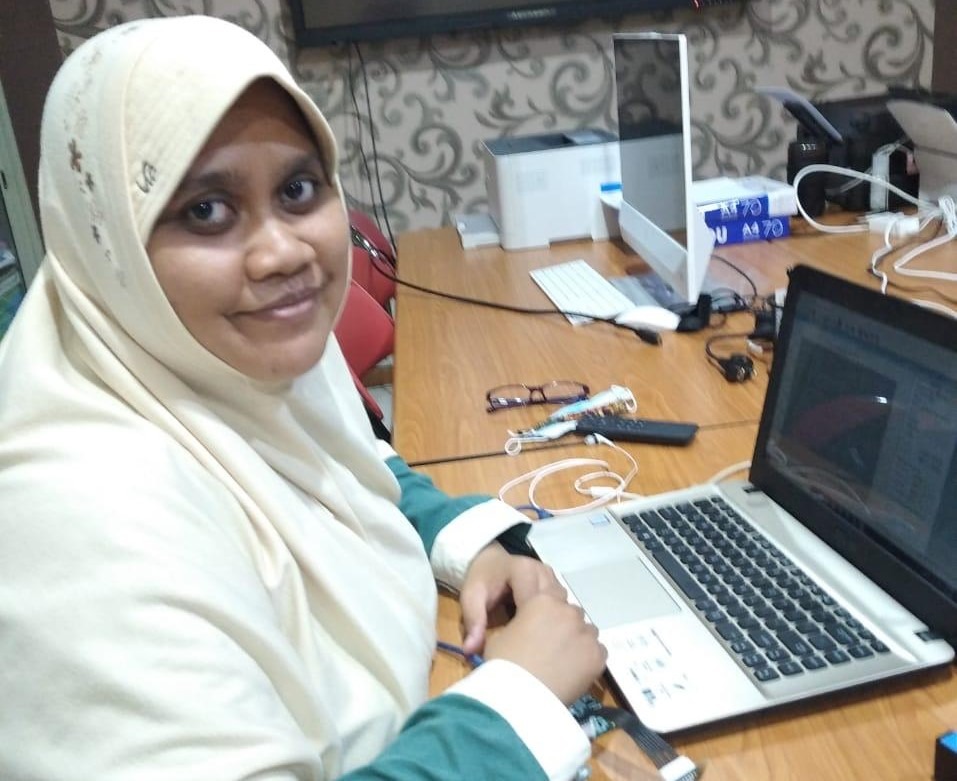
Ika Puspita ST MSc, a student of S-3 Physical Engineering who conducted research to develop fiber optics sensors for pig content detection
ITS Campus, ITS News – Pork-free halal food products are one of the basic needs for Muslims. To facilitate this, various sensors are continuously developed to detect the presence of pig content in a food product. One of them is a sensor with fiber optics that was introduced and developed by the Photonika Engineering Laboratory of the Department of Physical Engineering, Faculty of Industrial Technology and System Engineering (FTIRS) Institut Teknologi Sepuluh Nopember (ITS).
Poured in her dissertation, Ika Puspita ST MSc, a research assistant student who developed the fiber optic sensor to detect the content of pigs, claims that fiber optics work faster and more accurately than other sensors. “Most importantly, this type of sensor can detect the content of pig oil in vegetable oil that has not been able to be done by previous sensors,” explained Ika.
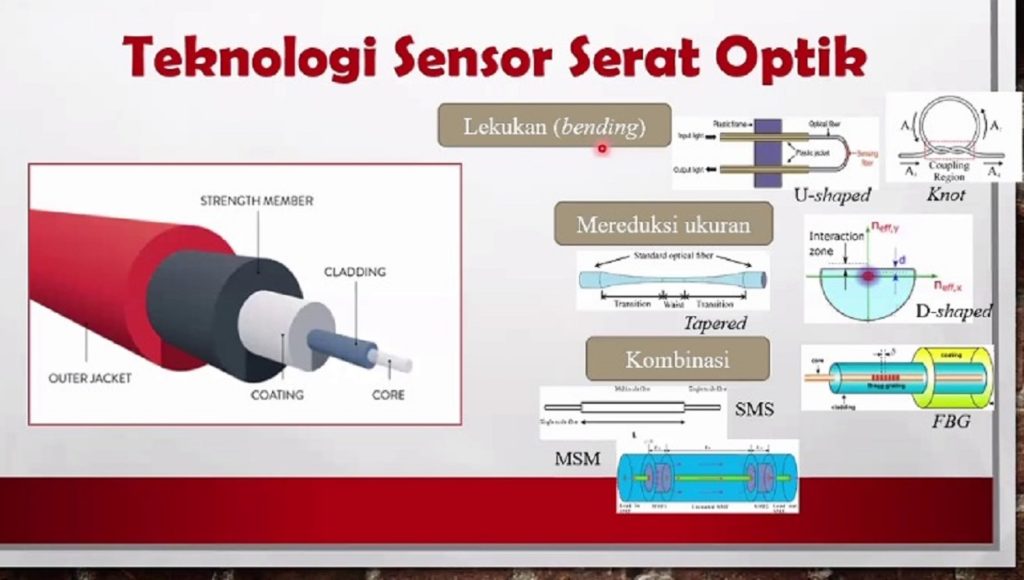
Forms of modification of fiber optic structure so that it can become a sensor
Ika mentions several other advantages of this sensor, such as no need for special treatment of samples, low production costs, compatibility, and resistance to electromagnetic interference. The easily fabricated properties of fiber optics also facilitate the development of research that is still excavated to this day.
Ika explained fiber optics are devices that work with the law of refraction of light. Naturally, the fiber optic structure that is widely used for telecommunication purposes is formed very tightly. “However, to turn it into a sensor, the fiber optic structure is engineered so that light can interact with food samples,” she said.
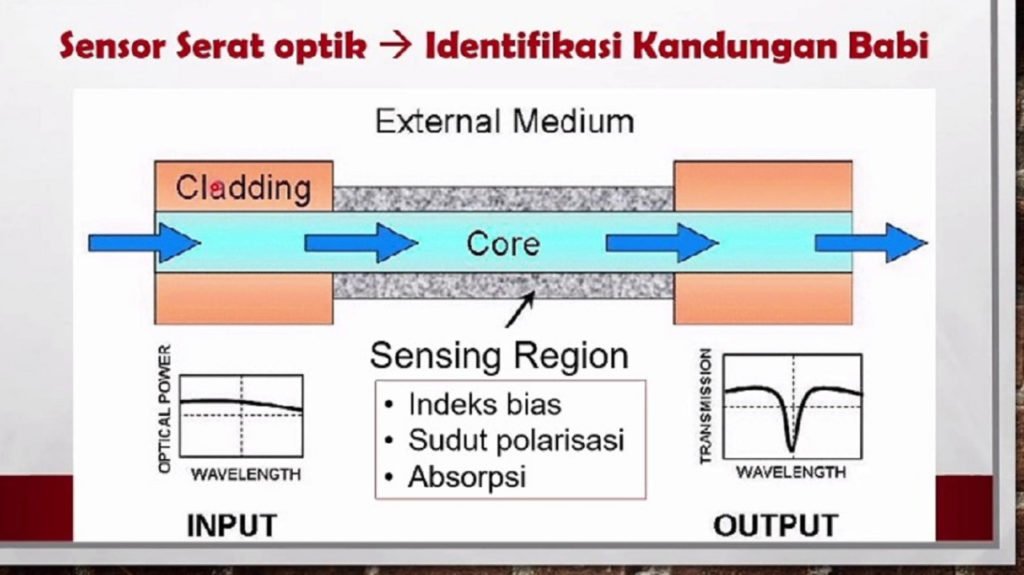
The way the sensor area works in detecting pig content in food products
In other words, continued its strata-3 (S-3) students, there is a fiber optic part that is deliberately modified so that the passing light will be excited or leaked to interact with the sample. “When light is disturbed by the sample, the nature of the light changes,” Ika added.
Furthermore, Ika details the modification of fiber optic structure can be done by giving indentation, reducing size, or combining fiber optics one mode with two-mode fiber optics. Recognized by her, ITS Photonika Engineering Laboratory is still analyzing and characterizing various forms of fiber optic modifications that allow, such as U-bend, taper, and MSM.
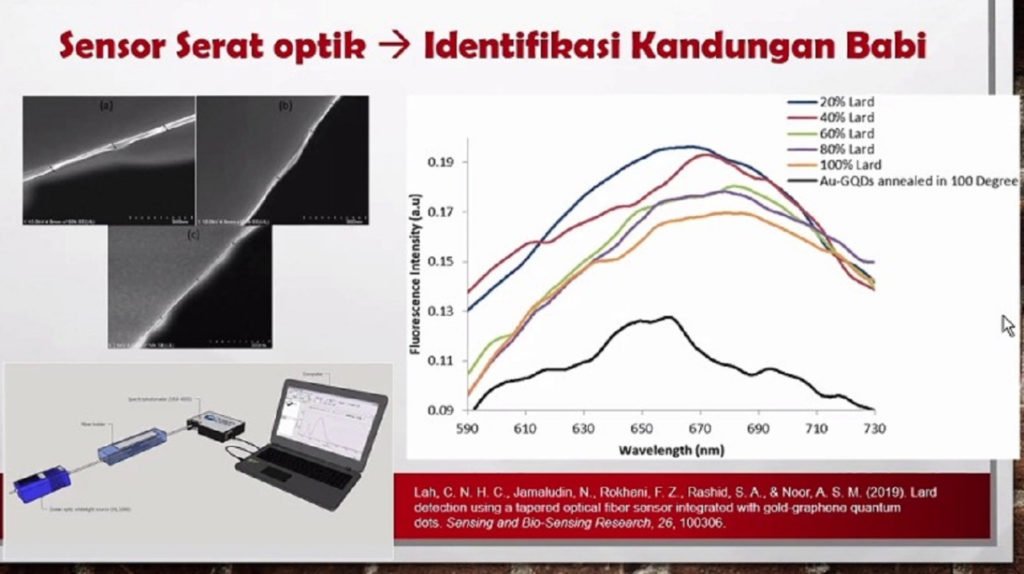
The results of changes in power and light spectrum tested by samples of pig products
As a result of tests from this fiber optic sensor, ITS Photonika Engineering Laboratory has tested samples in the form of olive oil tested by pig oil. As a result, the more pig oil is dripped, the less intensity and spectrum of light produced at the endpoint.
However, Ika realizes many things affect the sample identification process, among which are the temperature of the sample and the complexity of the sample type identified. “So far it can not be said what is the benchmark of positive sample assessment and negative sample because it still needs to be examined more deeply related to this,” she said.
For greater utilization, Ika said that the development of fiber optic sensor technology is still being carried out in ITS Photonika Engineering Laboratory. “We (the fiber optic sensor research team, red) strive to maximize the utilization of this optical sensor technology to bring benefits in various fields,” She said optimistically. (ITS PUBLIC RELATIONS)
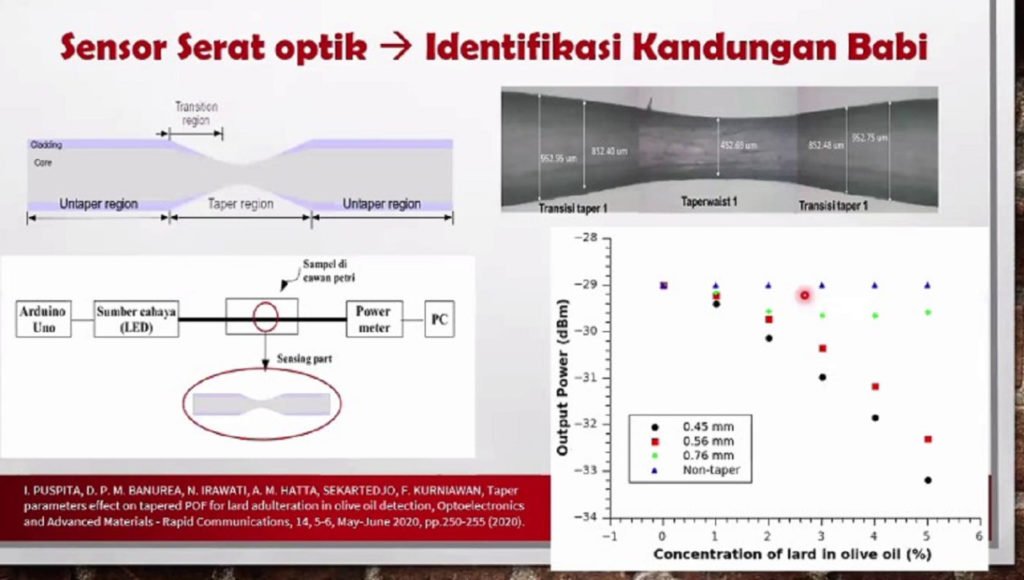
Taper-shaped fiber optic sensor display developed by Fotonika Engineering Laboratory of ITS Department of Physical Engineering
Reporter: Difa Khoirunisa
Related News
-
Gains Up 300 Percent, ITS Targets Increase in Scholarship Recipients
ITS Campus, ITS News – In the period 2020 – 2023, the scholarship disbursement budget collected by Institut Teknologi
June 16, 2021 21:06 -
Gains Up 300 Percent, ITS Targets Increase in Scholarship Recipients
ITS Campus, ITS News – In the period 2020 – 2023, the scholarship disbursement budget collected by Institut Teknologi
June 16, 2021 21:06 -
ITS students attend an international oil and gas conference in Saudi Arabia
ITS Campus, ITS News – Students from the Department of Ship Systems Engineering at Institut Teknologi Sepuluh Nopember (ITS)
June 16, 2021 21:06 -
ITS students attend an international oil and gas conference in Saudi Arabia
ITS Campus, ITS News – Students from the Department of Marine Engineering at Institut Teknologi Sepuluh Nopember (ITS) became
June 16, 2021 21:06
